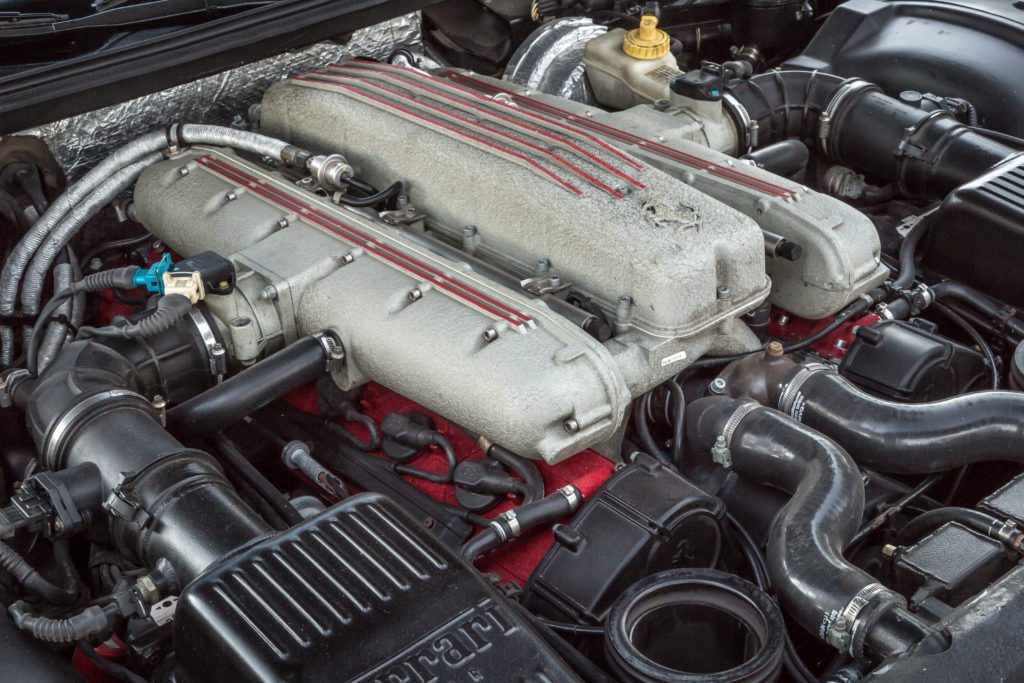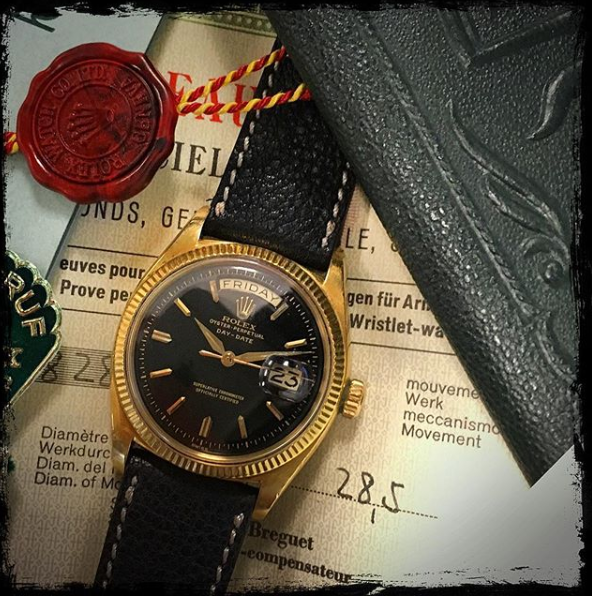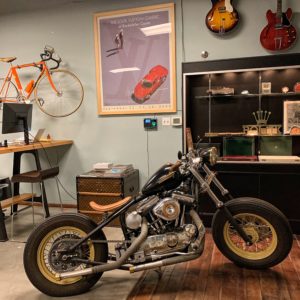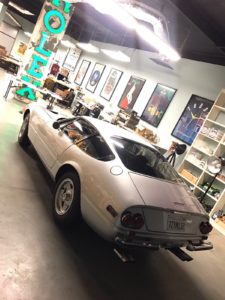Looking at the Jeep on my site, I could not fathom not understanding the beauty of its history. The appreciation for its history.
Back in November of 1940, the Jeep legend began. This would be the very early days of the second World War, one year before the United States entered. A small, four-wheel power prototype, the Willys “Quad”, turned into delivered to the US Army.

It featured the Willys “Go-Devil” engine, developed by way of Delmar “Barney” Roos. With 60 horsepower and one zero five foot-pounds of torque it not simplest surpassed the Army’s requirement, but dwarfed the Bantam’s 83 and Ford’s eighty five pound-feet of torque, it’s only competition for the army contract.
The Quad became the father of the MB, CJ series, and Wrangler. Willys refined the Quad and built 1,500 gadgets of the Willys MA model, lots of which had been used in WWII.
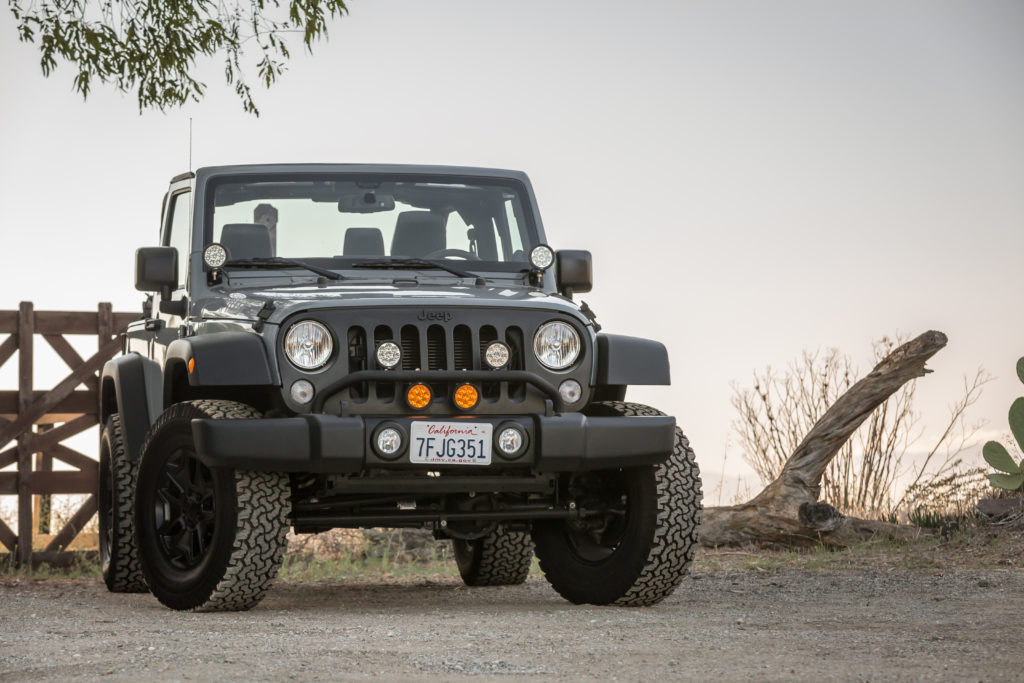
From 1941 to 1945 Willys produced the MB model, the unique go-anywhere, do-anything vehicle, which came to be known by means of its nickname, “Jeep”.
Made famous during WWII, Willys produced over 300,000 MB vehicles. Jeeps were closely used by way of every division of the American navy, with a hundred and forty four Jeeps provided to every infantry regiment inside the U.S. Army.
Large numbers of Jeeps were shipped to the Allied Forces of Britain and Russia: nearly 30% of general Jeep production.
The MB advanced into the M-38 military model, which featured a water-proof ignition device and was constructed from 1950 to 1951 in particular for use in the course of the Korean War.
During that conflict, Willy redesigned the M-38 and it became the M-38A1 with a longer wheelbase, softer ride, a extra powerful engine and a new, extra rounded body style.
In production via 1962, at some stage in that time Willys additionally produced the M-170, which turned into designed to be geared up with numerous different frame packages. One was a light troop carrier.
Because passengers were incredibly enclosed as compared to earlier models, the M-170 changed into extensively utilized as a area ambulance. Kaiser Willys Auto Supply has antique Jeep elements for all Willys military Jeep models.
To find out more and look at the details of my own Jeep Willys, please visit Garage Queens.

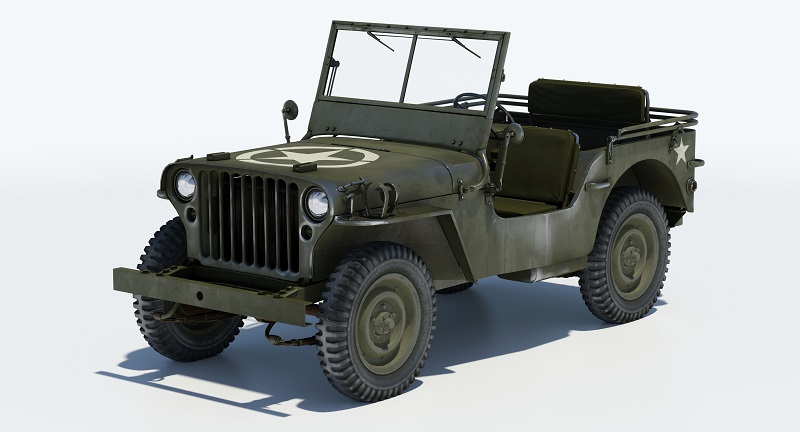 It become added for testing to Camp Holabird in Baltimore on Sept. 23, 1940. Subsequent designs by way of Willys-Overland and Ford while vital were refinements on this authentic U.S. Army and American Bantam concept.
It become added for testing to Camp Holabird in Baltimore on Sept. 23, 1940. Subsequent designs by way of Willys-Overland and Ford while vital were refinements on this authentic U.S. Army and American Bantam concept.

